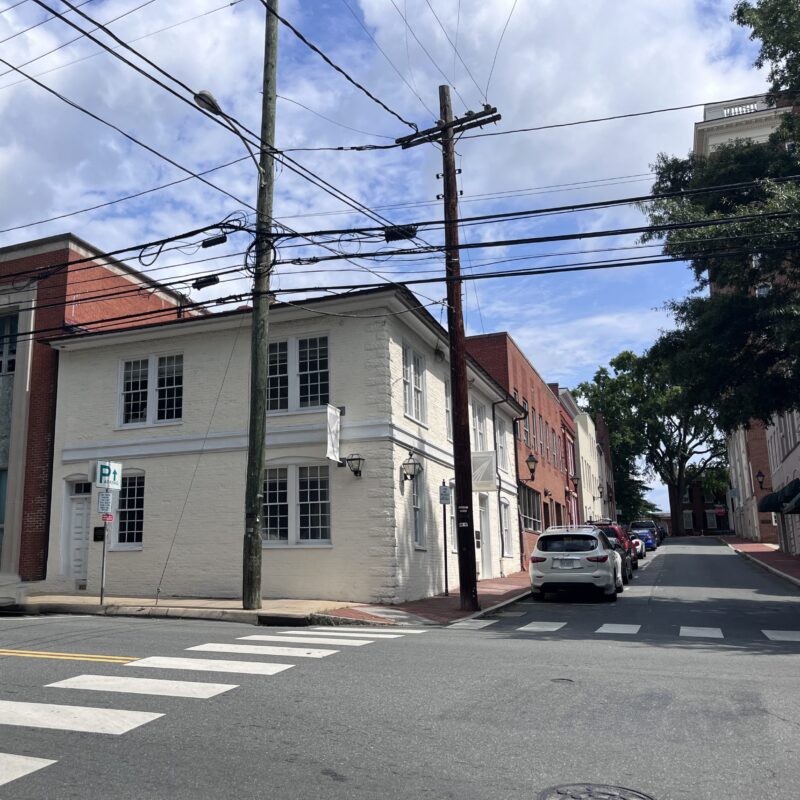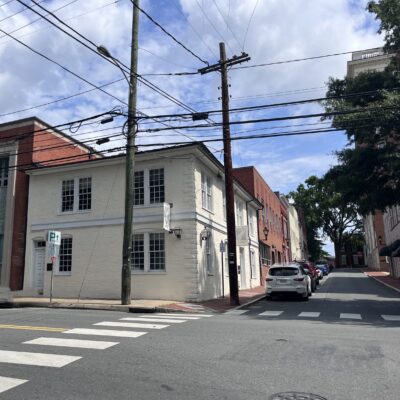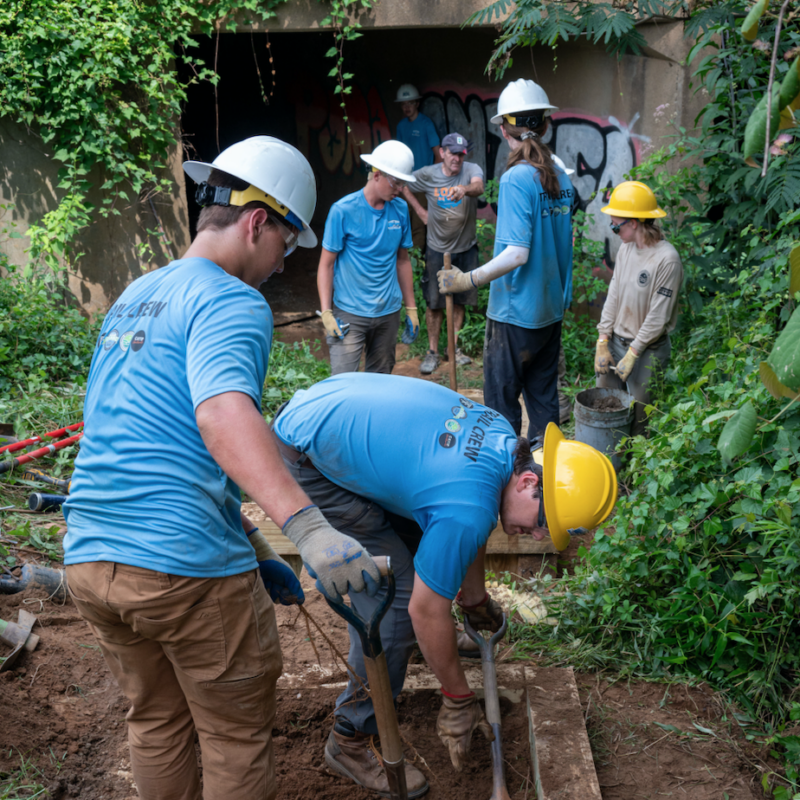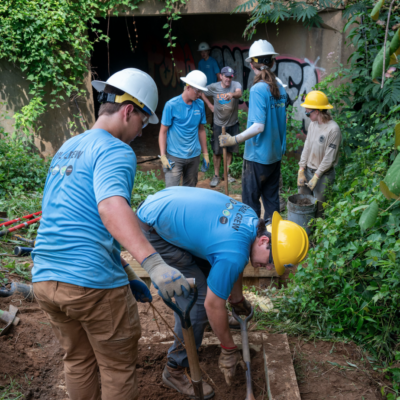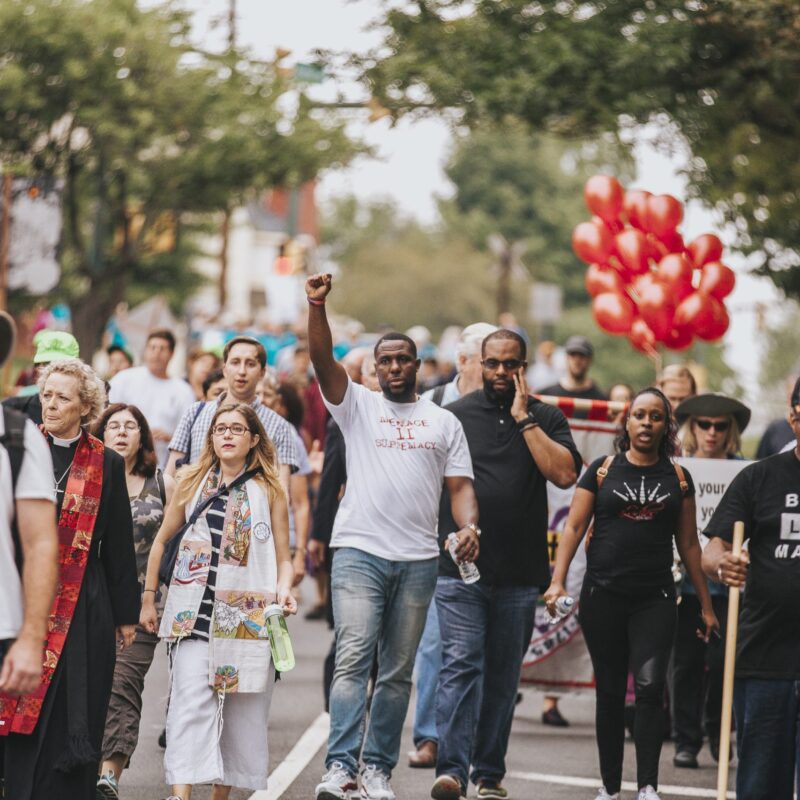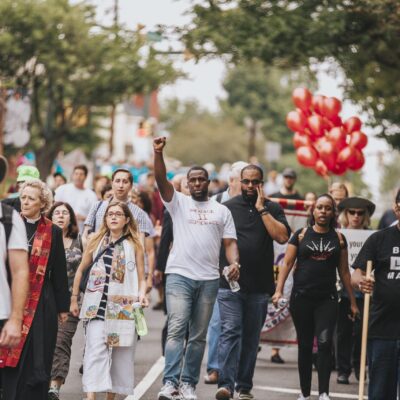In the first quarter of 2008, the Federal Reserve estimated there were almost 55 million mortgages nationally worth $10 trillion. That debt’s still out there, but as people struggle to pay it, home prices have dropped and foreclosures climbed. Hence, the Treasury Department announced plans March 4 to try to keep people in their homes by modifying the terms of some existing mortgages to lower monthly payments and by allowing more people with Freddie Mac or Fannie Mae to refinance their homes. But locally, the two-pronged approach to spend $75 billion may not have the intended effect.
Shelley Murphy from the Piedmont Housing Alliance says via e-mail that “a lot of the homeowners we see do not have Freddie or Fannie loans, so locally I don’t know how many this will help.”
William Lucy, a UVA planning professor, points out a problem: Charlottesville and Albemarle County differ from hard-hit areas like California and Nevada. Foreclosures here are relatively scarce and home prices, ironically, perhaps still too high. A study by a colleague’s class last semester found Fifeville led city neighborhoods with only about 2.5 foreclosures for every 100 owner-occupied homes. Even though Lucy has not had time to review the latest proposal thoroughly, “it seemed more sweeping than what was announced before. I’m a little concerned it may go too far.” It may also exacerbate the local price problem by preventing foreclosures. “Having more houses on the market tends to reduce prices because the supply is greater than demand. The most extreme case, foreclosure, puts more homes on the market. What’s good for individuals is not always good for the market as a whole.”
Jason Crigler of Crown Mortgage Services says that based on the trickle of new information he’s seen so far, he guesses, “Maybe 20 to 25 percent of the people I come across could be helped by this.” The one part of the Making Home Affordable program would allow people with government mortgages to refinance even if they have not yet missed a payment or if their mortgage debt exceeds 80 percent of their home’s current value, the usual cap, but is less than 105 percent. Under the plan, people also may not have to pay traditional rates for mortgage insurance, if they pay at all. And that, Crigler says, could be big as far as affordability goes. When people have so little equity in their house, “lower mortgage insurance is counter-intuitive for the industry, but the government is going to subsidize it to get what they want, which is reduced monthly payments.”
The other part of the program would do just that, lower payments, for owners who have loans from one of the 450 banks that received federal bailout money. A mix of incentives, longer loan periods, and matching government funds would cut mortgage payments to 31 percent of monthly income for an estimated 3 million to 4 million families.
But that has risks. Recently, 30 to 40 percent of modified loans have been going into foreclosure within two years, which is huge, Crigler says, and sad. Allowing people with more debt than their home’s worth to refinance may postpone the inevitable. Moreover, the mortgage industry has contracted dramatically with the housing crash. That leaves fewer people to handle applications for modification and refinancing. “For our industry, this could be big. There’s probably some concern whether the system can handle the surge.”
C-VILLE welcomes news tips from readers. Send them to news@c-ville.com.
